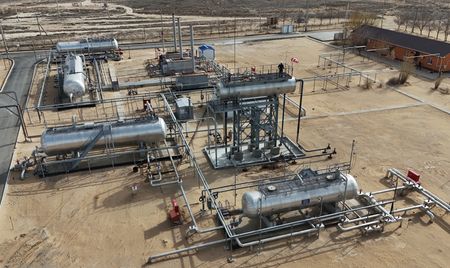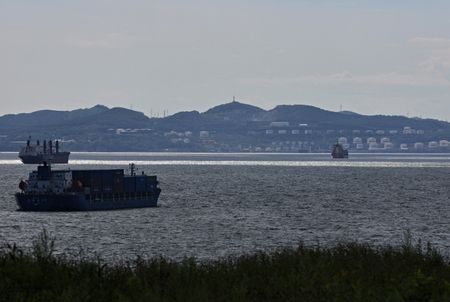By Uditha Jayasinghe
COLOMBO (Reuters) – Sri Lanka is on track to post growth of 3.5% this year, the World Bank said in its latest report on Wednesday, unchanged from its October forecast, but faces challenges from hefty U.S. tariffs and high poverty rates.
The island nation posted growth of 5% last year, rebounding from a far-reaching financial crisis sparked by a record dollar shortfall three years ago with support from a $2.9 billion International Monetary Fund (IMF) programme.
But the government is worried that tariffs of 44% imposed by U.S. President Donald Trump’s administration, which will affect about $3 billion of its exports, could hurt its economic recovery. It wants to engage with the U.S. to strengthen trade relations.
The World Bank said Sri Lanka’s medium-term growth prospects would hinge on continued macroeconomic stability, backing a flexible exchange rate, the need to reform loss-making state companies, and more investment in trade.
Household income, employment and overall welfare were still well below pre-crisis levels, and the poverty rate remained “alarmingly high” at 24.5% in 2024, with more people looking for work opportunities abroad, according to the report.
“While Sri Lanka’s economy is bouncing back stronger than expected, a significant portion of the population — about a third — remains in poverty or is at risk of falling back into poverty,” David Sislen, World Bank division director for the Maldives, Nepal and Sri Lanka said in a statement.
The World Bank projects that Sri Lanka’s growth will slow further to 3.1% next year, also unchanged from October’s projection.
Sri Lankan central bank and finance ministry officials are in Washington this week to meet with the International Monetary Fund to progress discussions on the fourth review of the IMF programme.
(Reporting by Uditha Jayasinghe, editing by Swati Bhat and Rachna Uppal)










